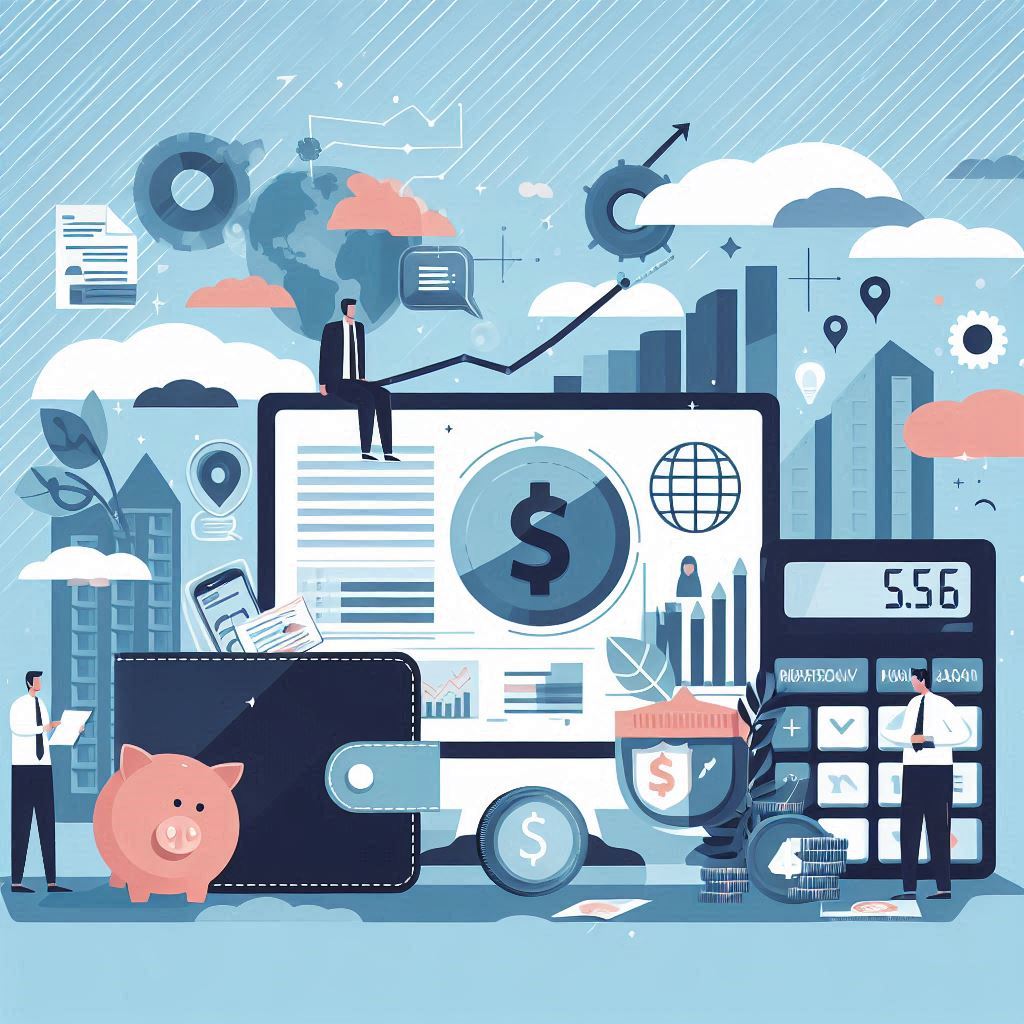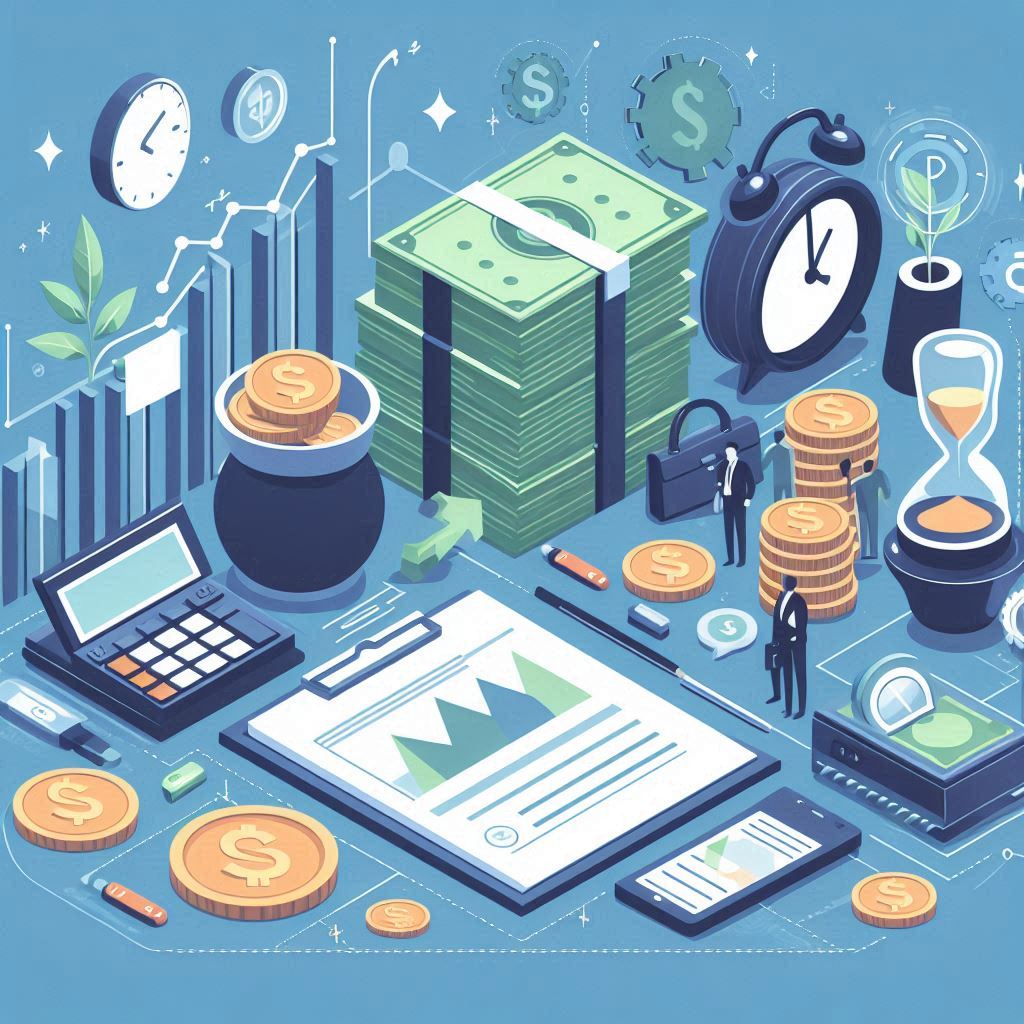The New York Times
How Long Can China Keep Propping Up Its Consumers With Subsidies?
Mon, 14 Jul 2025 16:32:21 GMT
“We want to shear wool from the sheep,” Ms. Zhan said, using a popular Chinese idiom for seizing an opportunity. She had already taken advantage of the program to buy an energy-efficient air-conditioner and other home appliances at discounts of up to 20 percent. “If we can upgrade everything at once when there’s a good deal, we’ll do it,” she said.
Tepid consumer spending has been a long-running concern for China’s economy. Chinese consumers save more and spend less than those in most developed countries, even when the economy is growing at a breakneck pace. But now that growth is decelerating, lucrative jobs are disappearing and the country’s slumping property sector — a key driver of the economy and an investment destination for savings — is showing no signs of rebounding, boosting spending is critical to sustaining economic growth.
China’s usual playbook for lifting the economy may not work this time around. It cannot spend as lavishly on infrastructure as it did in the past. Its local governments are swimming in debt after decades of building airports, train stations and bridges. Its continuing trade feud with the United States and a growing global concern about the flood of inexpensive Chinese goods limit its ability to rev up the country’s factories to increase exports.
In a reflection of the challenges facing policymakers, Ms. Zhan said that, despite spending through the trade-in program, she was also cutting back. When her preferred coffee shop raised prices to $2 a cup from $1.40, she decided to buy beans and make coffee at home. She said it was natural to make such choices when the economy was not good.
Stay in touch
Keep informed with the most important events in market and advanced calculators.








